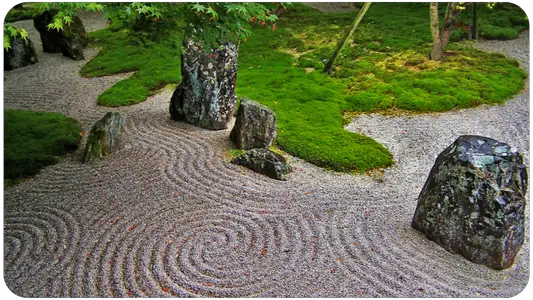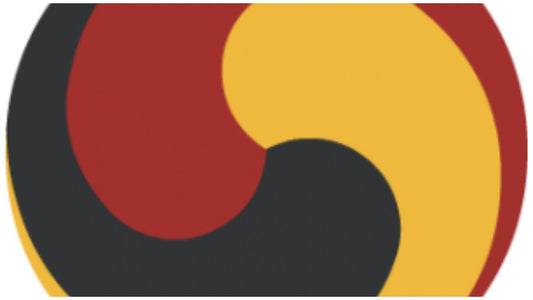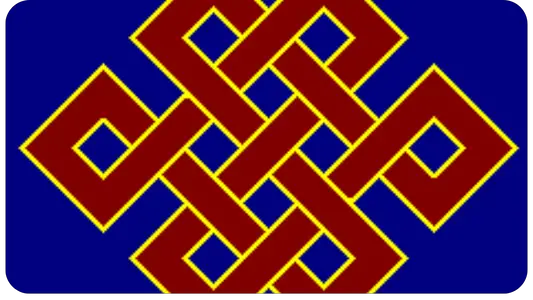In Buddhism, Sotāpanna (Pali; Sanskrit Śrotāpanna) refers to a person who has overcome the first three of a total of ten fetters of the mind (saṃyojana). In German, it is usually translated as "stream-enterer"; stream-enterer in Pali is called Sotāpatti.
In the imagery of Buddhism, samsara is the shore on this side (afflicted with suffering), Nibbāna is the shore on the other side (free of suffering), and reaching the other shore (Nibbāna) requires crossing a stream.
In it, stream entry means that someone has entered the stream of enlightenment, i.e., the path to Nibbāna is no longer reversible for him. Sotāpatti is the first of the four stages of holiness.
A Sotāpanna is said to have an intuitive understanding of the Buddha's teaching (Right View) and complete faith in it.
In addition, stream-enterers are said to have the "eye of the Dhamma" (dhammacakkhu) opened for them because the unshakable realization has ripened in them that "everything that has somehow come into being must also perish" (non-permanence).
The three fetters destroyed at Sotāpatti are:
Personality belief (sakkāya-diṭṭhi) - the self-view that one of the five aggregates or conglomerations (khandhas) is a permanent being, an atta; identifying with desire (tanha).
Doubt (vicikicchā) - about the Buddha's teaching.
Attachment to rules and rites (sīlabbata-parāmāso) - the belief that performing rules and rites is sufficient for liberation.
A Sotāpanna is safe from falling back into lower realms of existence; he is not reborn as an animal, a hungry spirit, or a hell being. A Sotāpanna has to go through at most seven more rebirths before reaching Nibbāna.
What a Sotāpanna is not capable of doing is the following:
Holding any design (saṅkhāra) to be permanent,
deeming any design to be pleasurable,
consider any thing (Dhamma) to be self,
killing one's mother,
kill one's father,
kill an arahat,
maliciously shed the blood of a Buddha,
splitting the order,
follow a teacher other than the Buddha.
In the Pali Canon, in the Alagaddūpama Sutta of the Majjhima-Nikaya, a Sotapanna is described as follows:
"O you bhikkhus, the Dhamma that has been well preached by me in such a way is clear, open, evident, and free from patchwork. In this Dhamma, which has been well proclaimed by me in such a way, which is clear, open, apparent, and free from patchwork, those bhikkhus who have overcome three fetters are all stream-enterers, who are no longer subject to ruin, who are on the path (to liberation), who are heading toward enlightenment."





